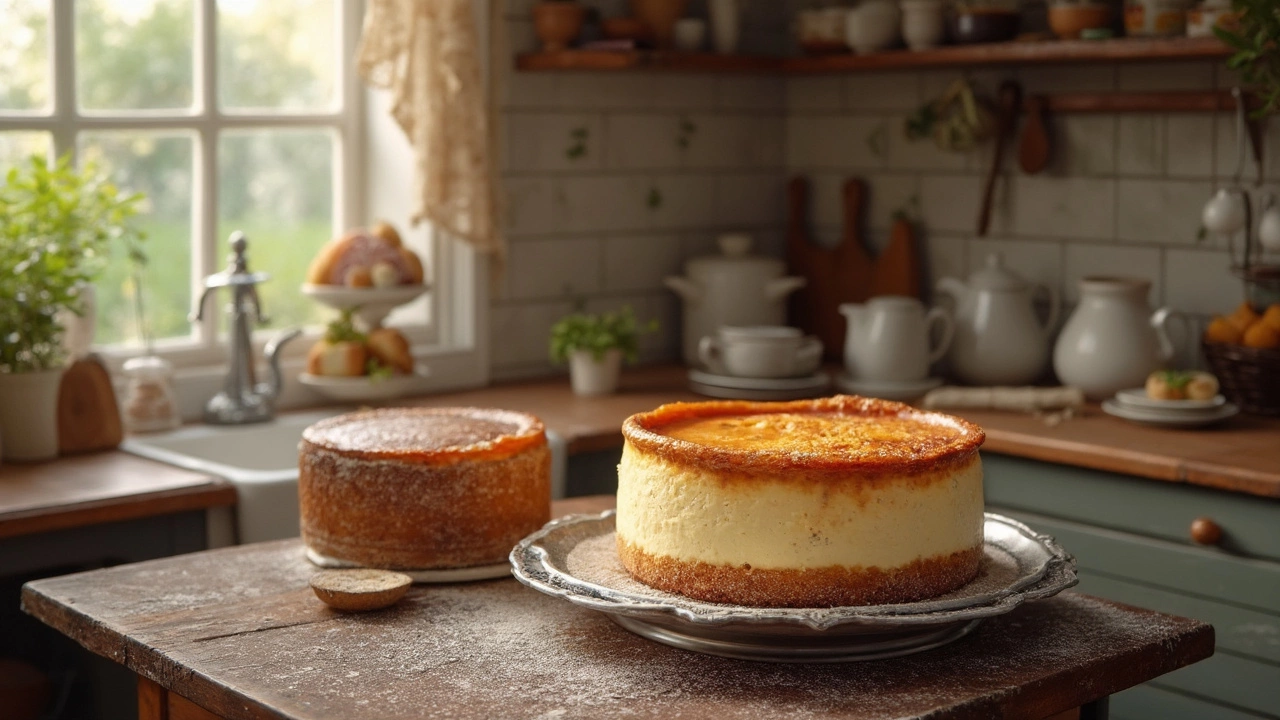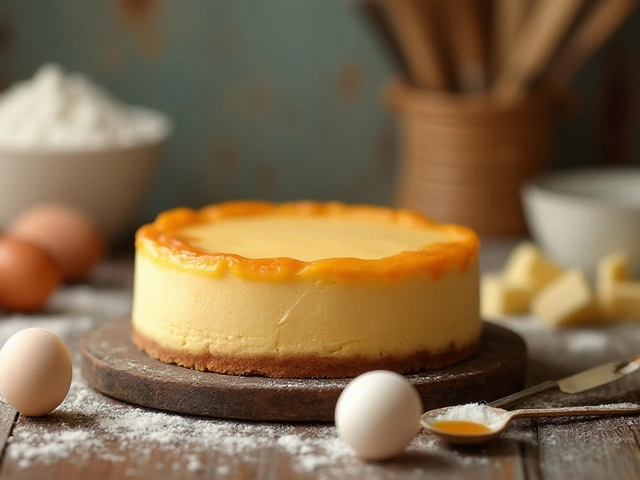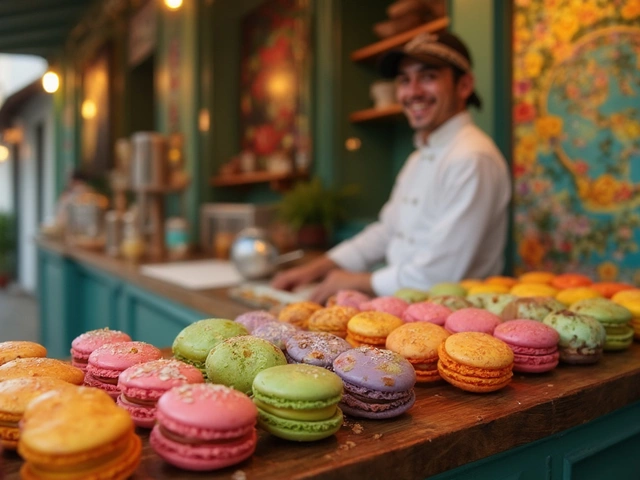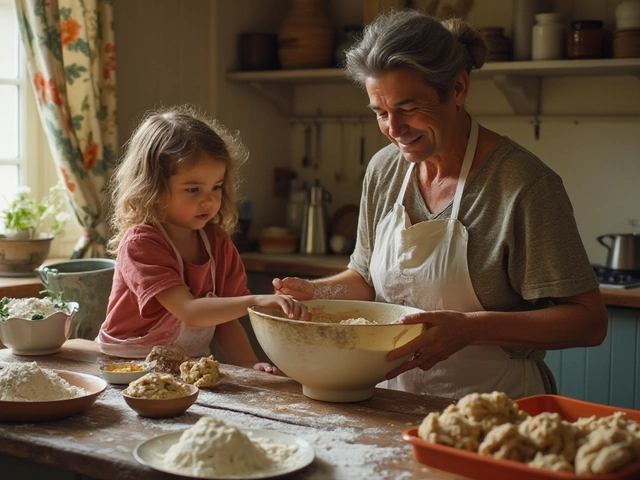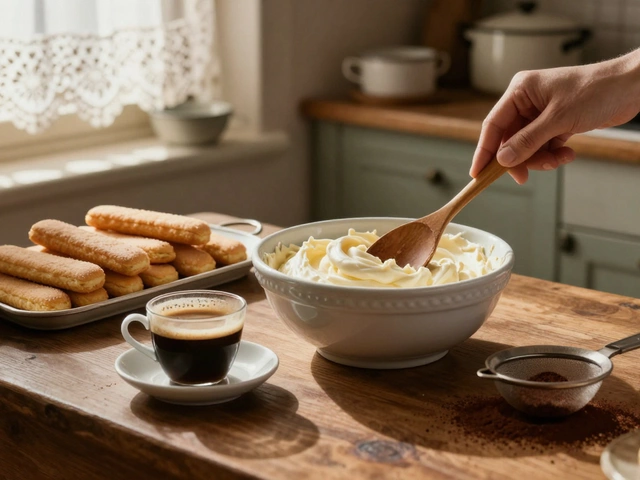Philadelphia Cheesecake Made Simple: Recipes, Tips & FAQs
If you love that smooth, tangy bite of a classic Philadelphia cheesecake, you’re in the right spot. This guide breaks down everything you need to know to bake a perfect cheesecake without the usual stress. No fancy equipment, just straightforward steps you can follow in any kitchen.
Quick‑Start Recipe You Can Trust
Here’s a fool‑proof recipe that works every time. You’ll need:
- 200 g digestive biscuits (or graham crackers), crushed
- 100 g melted butter
- 500 g Philadelphia cream cheese, softened
- 150 g granulated sugar
- 2 large eggs
- 1 tsp vanilla extract
- 120 ml sour cream
First, mix the crushed biscuits with melted butter and press the mixture into the bottom of a 23 cm spring‑form pan. Chill while you prep the filling.
Beat the cream cheese and sugar until smooth, then add the eggs one at a time, mixing gently. Stir in vanilla and sour cream until just combined – over‑mixing can add unwanted air bubbles.
Pour the batter over the crust, smooth the top, and bake at 160 °C (320 °F) for 45‑50 minutes. The center should jiggle slightly; it’ll firm up as it cools. Let the cheesecake cool in the oven with the door cracked, then refrigerate for at least 4 hours before serving.
Common Mistakes and How to Avoid Them
Cracking. A sudden temperature change is the main culprit. Baking in a water bath (a pan of hot water placed under the spring‑form pan) keeps the heat gentle and reduces cracks.
Over‑mixing. Too much air in the batter leads to a puffy, uneven texture. Mix just until ingredients are combined.
Undercooking. If the cheesecake is too soft after chilling, it likely needs a few more minutes in the oven. The edges should be lightly golden, while the center stays a bit soft.
Tip: Use a kitchen thermometer. The internal temperature should read about 65 °C (150 °F) when done.
Finally, keep flavor simple. A drizzle of fresh berries, a spoonful of fruit compote, or a dusting of cocoa powder adds a finishing touch without overpowering the cheese’s tang.
With these basics, you can experiment with chocolate swirls, caramel layers, or even a gluten‑free crust. The core technique stays the same, so you’ll always end up with a creamy, dreamy slice that tastes like it came from a bakery.
Ready to impress friends or just treat yourself? Grab the ingredients, follow the steps, and enjoy the satisfaction of a perfectly smooth Philadelphia cheesecake made right at home.
